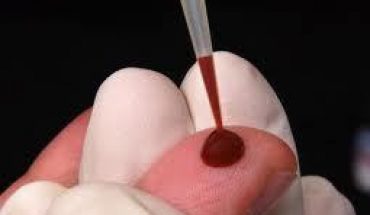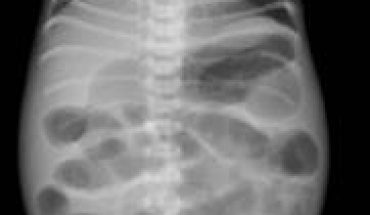Complex regional pain syndrome (CRPS) is the medical term for a condition that causes chronic pain.
It is commonly characterized by intense pain in the arms, legs, hands, or feet that is greater than the extent of the injury. Persons who experience pain from complex regional pain syndrome may often find that the pain spreads throughout the entire arm, or leg. Typically the color, and temperature of the skin of the affected limb may also change dramatically.
What causes CRPS
There are two types of complex regional pain syndrome, each with similar symptoms but stemming from different causes.
- Type one CRPS (once known as reflex sympathetic dystrophy syndrome)
- Type one CRPS tends to manifest after an illness, or injury that did not directly injure the nerves in the affected limb. It is estimated that 90 percent of persons with complex regional pain syndrome suffer from type one.
Type two CRPS (previously known as causalgia)
This type is caused by a direct injury to nerves in the limb. Type two tends to follow gunshot wounds, shrapnel blasts, and other trauma such as, a heart attack, surgery, and fractures. Even minor injuries such as sprained ankles, have been known to trigger complex regional pain syndrome.
It is still not completely understood why some persons develop complex regional pain syndrome as a response to injury while others do not.
Symptoms of CPRS
- Severe pain which increases in intensity over time.
- Burning in arms, legs, hands, or feet.
- Sensitive skin.
- Changes in skin temperature (sweaty, hot, or cold), colour (while, mottled, red), or texture.
- Hair, and nail growth changes.
- Stiff, or swollen joints.
- Decreased mobility in affected limbs.
- Muscle weakness, and involuntary muscle movements.
Symptoms of complex regional pain syndrome tend to vary from person to person. Symptoms have also been known to change over time. CRPS tends to start out with redness, and swelling, and then progresses to temperature changes, and sensitivity. Later, persons report that the affected limb becomes cold, and pale which is soon followed by muscle spasms, and joint pain. The latter stages of CRPS are often irreversible.
Treatment options
There is currently no cure for complex regional pain syndrome, and treatment is geared towards alleviating the pain. Physicians may therefore prescribe one, or any combination of the following:
- topical analgesics
- antidepressants
- corticosteroids
- opioids
No combination of drugs has yet proved to be consistent in long term pain management. Drug therapy may also be given in conjunction with physical therapy, sympathetic nerve block, spinal cord stimulation, and anesthetic agents via the spinal cord.
The prognosis
Prognosis for complex regional pain syndrome varies from person to person. Some individuals have even experienced spontaneous remission from symptoms. Others have constant, and worsening pain, as well as, irreversible changes to skin, and mobility in spite of treatment. The best recommendation is that symptoms be treated as soon as they are noticed, to prevent them from worsening. There is still no guarantee that the pain will get better, or cease all together.
In a few cases, muscle wasting can occur, because of reluctance to move the affected limb. Symptoms have also been reported to have moved to a completely unaffected area of the body.





